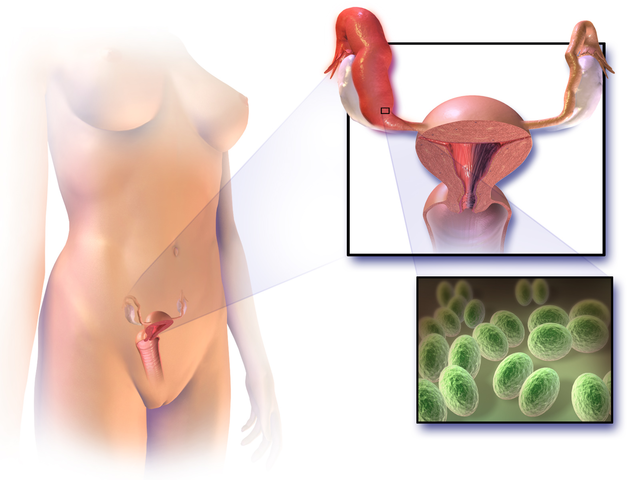What is Pelvic Inflammatory Disease (PID)?
Pelvic Inflammatory Disease (PID) is an infection of the female reproductive organs, including the uterus, fallopian tubes, and ovaries. It is often caused by sexually transmitted infections (STIs), such as Chlamydia trachomatis and Neisseria gonorrhoeae. If left untreated, PID can lead to serious complications, including infertility, chronic pelvic pain, and ectopic pregnancy.
Causes and Risk Factors
PID usually develops when bacteria from the vagina or cervix spread to the upper reproductive tract. The most common causes and risk factors include:
- Untreated STIs (especially chlamydia and gonorrhea)
- Unprotected sex with multiple partners
- Douching (which disrupts vaginal flora)
- Recent pelvic procedures (e.g., IUD insertion, abortion, or childbirth)
- A history of PID
Symptoms of PID
Symptoms can range from mild to severe and may include:
- Lower abdominal or pelvic pain
- Abnormal vaginal discharge with an unpleasant odor
- Painful urination
- Fever and chills
- Pain during intercourse
- Irregular menstrual bleeding
Diagnosis of PID
There is no single test for PID, so diagnosis is based on clinical evaluation, including:
- Pelvic exam: Checking for tenderness and abnormal discharge
- Lab tests: STI screening, blood tests, and urine tests
- Imaging: Ultrasound to assess effect on reproductive organs
- Laparoscopy (in rare cases): Direct visualization of pelvic structures
Treatment of PID
Early treatment is crucial to prevent complications. The standard approach includes:
- Antibiotics: A combination of antibiotics injections and tablets are usually given for extended period
- Hospitalization: Severe cases may require intravenous (IV) antibiotics.
- Partner treatment: Sexual partners should also be treated to prevent reinfection.
- Follow-up: Symptoms should improve within 3 days. If not, further evaluation is needed.
Complications of Untreated PID
If left untreated, PID can lead to:
- Infertility: Due to scarring and blockage of the fallopian tubes
- Chronic pelvic pain: Persistent pain even after treatment
- Ectopic pregnancy: Higher risk due to blocked fallopian tubes
- Tubo-ovarian abscess: A pus-filled pocket in the pelvis that may require surgery
Prevention of PID
- Practice safe sex (use condoms and limit multiple partners)
- Get regular STI screenings, especially if sexually active
- Avoid douching, which can push bacteria into the reproductive tract
- Seek early treatment for any STI symptoms
Conclusion
Pelvic Inflammatory Disease is a serious but preventable condition. Early diagnosis and treatment are key to avoiding long-term complications. Practicing safe sex and regular STI screening can significantly reduce the risk of PID.
